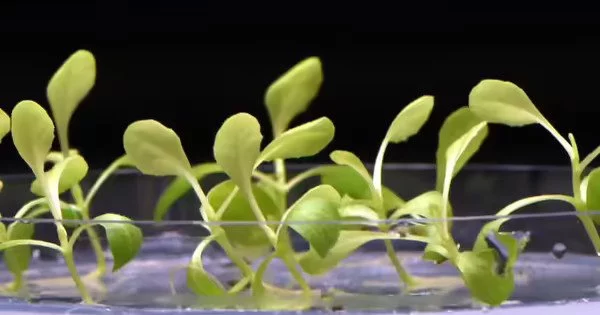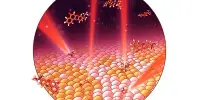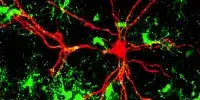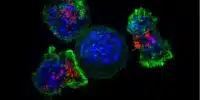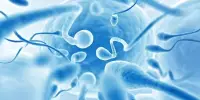Light is critical to the health of plants. The amount of light a plant receives determines its rate of growth and the length of time it remains active. Photosynthesis, the plant’s most basic metabolic process, uses light energy. There are three factors to consider when determining the effect of light on plant growth: intensity, duration, and quality.
Plants are frequently grown for research purposes under stable lighting, which does not reflect natural conditions. In a series of experiments with changing light conditions, simulating the natural interplay of light and shadow, researchers from the Max Planck Institute of Molecular Plant Physiology in Potsdam-Golm (Germany) and the College of Natural Science at Michigan State University (USA) reveal the importance of two key proteins for the dynamic control of photosynthesis.
Photosynthesis is the process by which plants grow. They use sunlight to generate energy, release oxygen, and produce carbohydrates, which are the primary food source for all humans and nearly all animals on the planet. Light availability can change dramatically in a short period of time under natural conditions. Clouds, which provide light and shadow as they pass in front of the sun, are one of the primary reasons.
Plant leaves and branches can also provide temporary shade when moved by the wind. Plants cannot move from shade to sun when light is scarce, and cannot move from sun to shade when exposed to excessive sunlight. They must adapt to changing lighting conditions in other ways.
Just like for humans, too much sunlight is harmful to plants. In particular, a rapid change between faint and intense light is problematic. Like the retina in our eyes, plants use molecules in their leaves to capture light particles. When light is low, these light traps are very efficient at catching as much of the low light as possible. If light conditions suddenly change, too much light energy might reach the plant.
Our study shows that we should not look separately at the effect of growth light and the rapid responses to light fluctuations. The integration of multiple time scales and metabolic levels in an increasingly complex manner will be a major future challenge for crop research. This will provide important ideas for increasing crop yields in the field.
Thekla von Bismarck
This energy has the potential to overload or damage the plant cells’ sensitive photosynthetic apparatus. As a result, plants must constantly adapt their photosynthetic activity to their environmental conditions in order to maximize light yield on the one hand while avoiding damage from too much light on the other.
Currently, plants in greenhouses and laboratories are almost entirely grown under stable and uniform light conditions. As a result, we have a very limited understanding of how adaptation to changing light conditions works. In the worst-case scenario, this can result in plants that grow well in laboratories and greenhouses but perform significantly worse in the field than expected.
Regulation of photosynthesis under changing light conditions
The researchers around Ute Armbruster from the Max Planck Institute of Molecular Plant Physiology in Potsdam-Golm and David Kramer from the College of Natural Science at Michigan State University (USA) examined the model plant Arabidopsis thaliana for their study. Plants were grown under a wide variety of conditions including static, fluctuating, and natural light.
The research centered on two ion transport proteins known as VCCN1 and KEA3, which are important in dynamically adjusting photosynthetic performance. Previous research has shown that VCCN1 activates sun protection when the light suddenly becomes too strong. When the intensity of the light decreases, the second protein KEA3 quickly breaks down this sun protection, allowing the plant to catch more light. However, neither VCCN1 nor KEA3 have been studied under realistic light conditions.
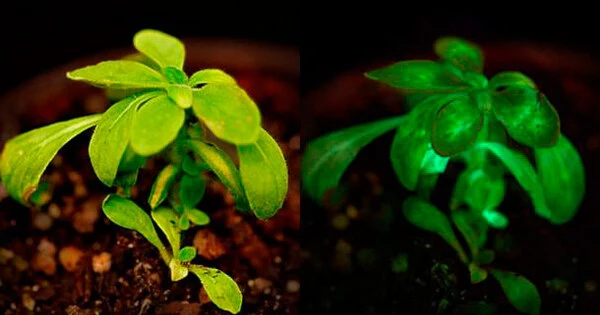
The researchers used an innovative new approach to measure photosynthesis in combination with targeted use of gene knockouts – i.e. plants whose genes for VCCN1 and KEA3 have been switched off. They show that the activities of the proteins VCCN1 and KEA3 depend on the light conditions the plants were raised in.
Dr. Karin Köhl, the head of the Plant Cultivation Infrastructure Group, suggested that the researchers focus on two growth-related light factors in the analysis, and they were able to show that the amount of light a plant receives, as well as the frequency of light fluctuations, have a strong influence on the function of the two ion transporters. The protective function of VCCN1 is only important in plants that have previously grown in low-light conditions. On the other hand, KEA3, which eliminates protection, was active even during high-light periods when the plants were grown in conditions with high-light intensities.
Sun protection is also affected by the amount of light fluctuation to which the plants are subjected. Plants produce the orange pigment zeaxanthin, which is also involved in sun protection when light conditions change significantly. Under high light conditions, KEA3 also suppresses the production of this sunscreen.
“Our study shows that we should not look separately at the effect of growth light and the rapid responses to light fluctuations,” said study lead author Thekla von Bismarck, who added: “The integration of multiple time scales and metabolic levels in an increasingly complex manner will be a major future challenge for crop research. This will provide important ideas for increasing crop yields in the field.”
